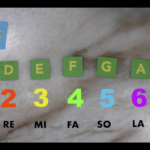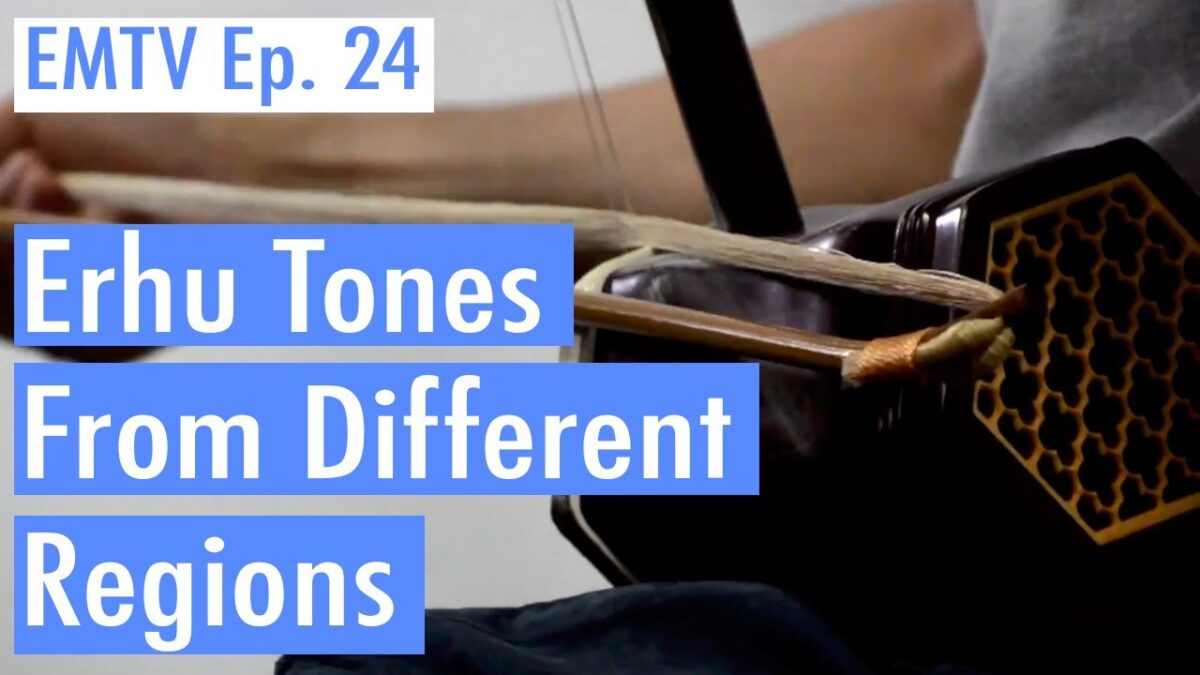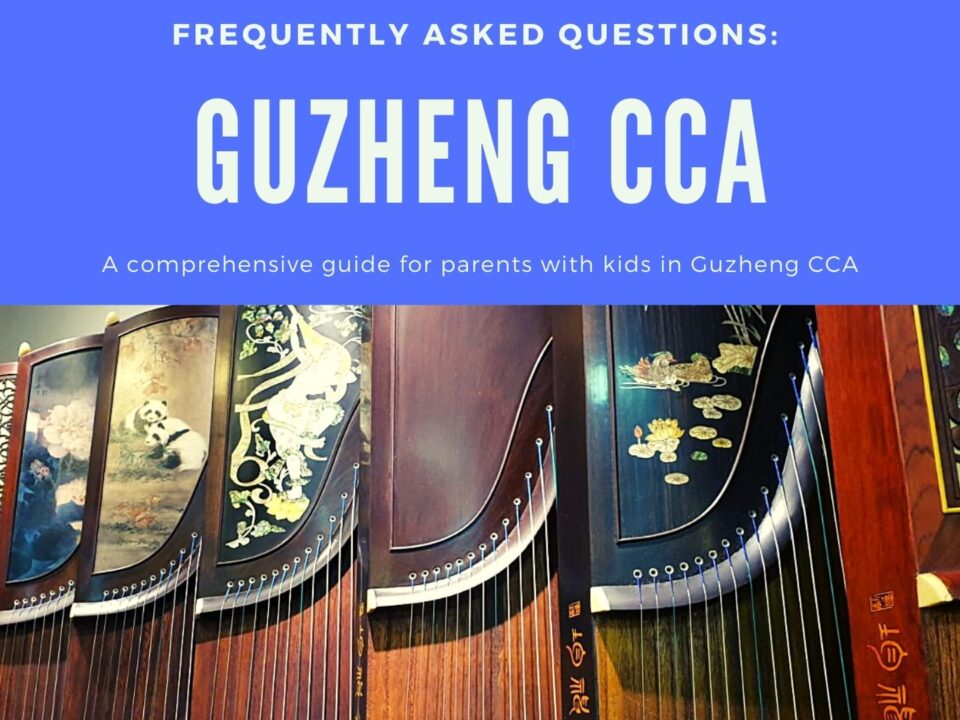
Jianpu 101: How to read Numeric Scores
May 8, 2025
Live! Session #7 – Synthetic Skin Erhu vs Python Skin Erhu and more! ft. Ruijun
May 9, 2025Understanding Erhu Tones: Shanghai vs Suzhou vs Beijing
Ever browsed our Erhu collection or visited our shop and wondered — what exactly is a Shanghai, Suzhou, or Beijing tone?
You’re not alone. These regional tone descriptions come up a lot when we demonstrate Erhus to customers or list them on our website. But what do they really mean?
Let’s dive into the sweet, bold, and soothing soundscapes of the three main Erhu-making regions of China.
Why Do Different Regions Produce Different Tones?
Think about how a Singaporean and an American might speak English — same language, totally different flavor. Erhu tones are no different.
Each region’s unique culture, climate, and musical traditions shape the sound of its instruments. Whether it’s the delicate elegance of Suzhou, the theatrical boldness of Beijing, or the cosmopolitan blend of Shanghai — these tones are no accident. They’re a reflection of history, art, and identity.
Suzhou: The Sweet Talker of the South

If you like honey in your tea, you’ll love the Suzhou Erhu.
Its tone is silky, refined, and gentle — especially in the higher registers, where it rings with a bell-like clarity. It’s often described as elegant and lyrical, making it perfect for expressive solos and romantic melodies.
Why So Sweet?
Suzhou is famed for its classical gardens, Kunqu opera, and delicate arts. That refined cultural heritage seeps into its instruments. Playing a Suzhou Erhu feels like painting sound across water.
Listen: Zhu Chang Yao masterfully brings out the Suzhou tone in his playing.
Beijing: Loud, Proud, and Full of Power

The Beijing Erhu doesn’t whisper — it declares.
Expect bold volume, penetrating tone, and serious projection. If your goal is to fill a hall (or dominate a jam session), this is your weapon of choice.
Where Does That Power Come From?
Look no further than Beijing opera — with its piercing vocals, commanding percussion, and vibrant costumes. Northern Chinese music emphasizes strength and clarity, and the Beijing Erhu follows suit.
Listen: Ma Xiang Hua shows off the commanding voice of the Beijing Erhu.
Shanghai: The Best of Both Worlds

Not too soft, not too loud — just right.
The Shanghai tone blends the sweetness of Suzhou with the fire of Beijing. It’s versatile and adaptive — capable of subtle intimacy and dynamic strength, depending on how you play it.
Why the Balance?
As China’s most international city, Shanghai absorbed influences from East and West. This cultural fusion gave rise to the “Haipai” (海派) style — a melting pot of tone, tradition, and innovation.
Listen: Min Hui Fen showcases the balanced beauty of a Shanghai Erhu.
Watch the Demo + Video Explanation
Which Tone Should You Choose?
There’s no “best” tone — just the right one for you.
Many Erhu players eventually own multiple instruments from different regions to suit different musical moods and pieces.
Here’s what we used in the video demo:
- Suzhou tone: Concert Grade Suzhou Violet Sandalwood Erhu by MMK
- Beijing tone: Concert Grade Beijing Violet Sandalwood Erhu by Lv Jian Hua
- Shanghai tone: Shanghai Premium Violet Sandalwood Erhu by Hu Han Rou
Updated Picks (as of Aug 2023):
- Suzhou: Erhus by Wan Qi Xing and Xu Chun Feng
- Beijing: Erhus by Liu Ji Feng
- Shanghai: Erhus by Hu Han Rou
🎯 Browse our Erhu collection here
✉️ Need help deciding? Drop us a message at [email protected] — we’d love to help you find your sound.




